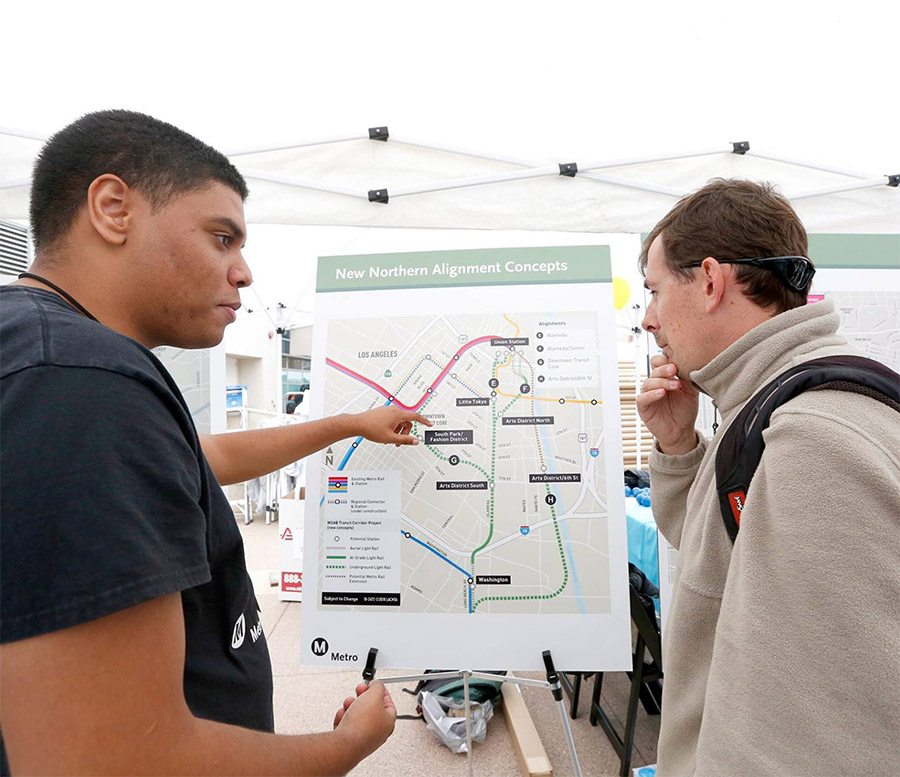A 2006 report called Climate Change and Chicago painted a bleak picture of the city in 2100. An average of thirty days a year would have temperatures over 100 degrees—fifteen times more than the two 100-plus degree days we experience now. Downpours would be less frequent but more intense, leading to more floods during rainstorms, with droughts in between. Air quality would deteriorate as heat waves became more common.
Faced with the prospect of this brutal reality if dramatic changes were not made, the City of Chicago assembled a team of experts in energy, climate, and environment to begin working on what would become the Chicago Climate Action Plan. Stakeholders from organizations across a variety of sectors joined City officials in determining the best course of action for lowering Chicago’s contribution to global greenhouse gas (GHG) emissions.
We led the mitigation research team and developed a GHG inventory for the years 2000 and 2005. We then forecasted the city’s business as usual emissions through 2050 and estimated emissions back to 1990 to use as a baseline. These numbers were used to help the city set its goal of lowering emissions 25% below 1990 levels by 2020.
We also conducted a broad survey of projects and programs that can reduce GHG emissions, soliciting input from stakeholders and researching best practices in communities around the world. Identification of potential strategies to reduce GHG included a participatory process. Several community and stakeholder meetings were held to gather proposed strategies for consideration. A website was developed to solicit ideas for mitigation research, and after review of all mitigation ideas, 33 were selected for in-depth research based on their feasibility, potential for GHG reductions, and capacity for rapid implementation at the city and regional levels.
In addition to quantifying the emissions reduction potential of each strategy, CNT researchers compiled additional environmental, economic, and social equity benefits and burdens associated with the measures, as well as identifying current initiatives and implementation mechanisms that the strategies could be built upon.
The CNT team consisted of in-house researchers with expertise in energy, transportation, climate change, water, and public policy. Our research was used to develop the final Chicago Climate Action Plan, which was published in 2008. CNT worked closely with City staff and presented interim research findings to Chicago’s Green Ribbon Committee to help them gain a deeper understanding of the issues and give them the information needed to shape the final Climate Action Plan. CNT published an extensive research paper detailing its findings and methods, summarized in 2010 in the Journal of Great Lakes Research (McGraw, J., Haas, P., Young, L., and Evens, A., “Greenhouse Gas Emissions in Chicago: Emissions Inventories and Reduction Strategies for Chicago and its Metropolitan Region”).
We built on this work with an additional analysis for the Chicago region, which is being used in the Chicago Metropolitan Agency for Planning’s GO TO 2040 comprehensive regional plan. Our climate mitigation research has also been used as a resource by other cities addressing GHG emissions in their communities. This kind of municipal action is essential if we are to minimize the negative effects of our changing climate, especially until we adopt comprehensive state and federal climate policies.





 Strengthening Transit Through Community Partnerships
Strengthening Transit Through Community Partnerships